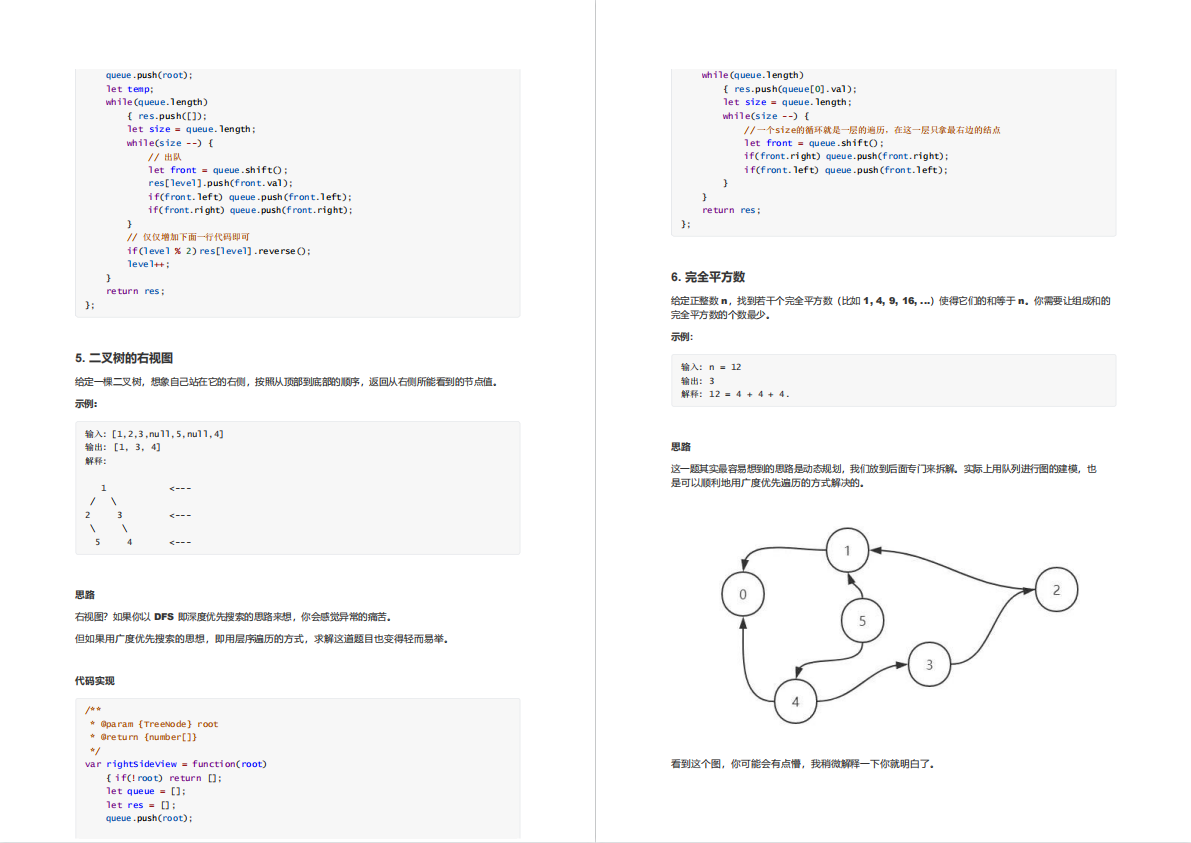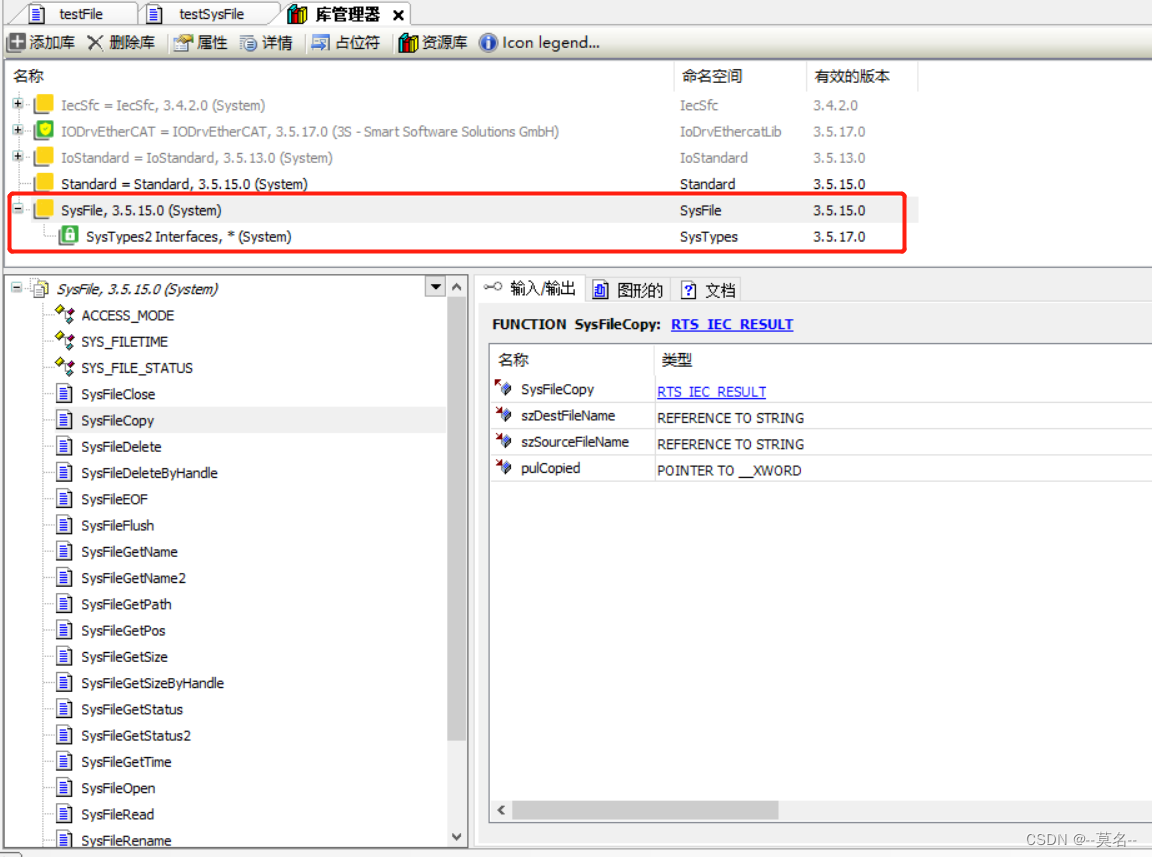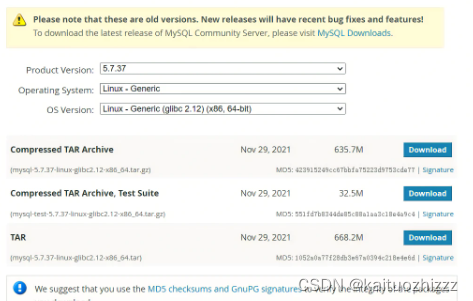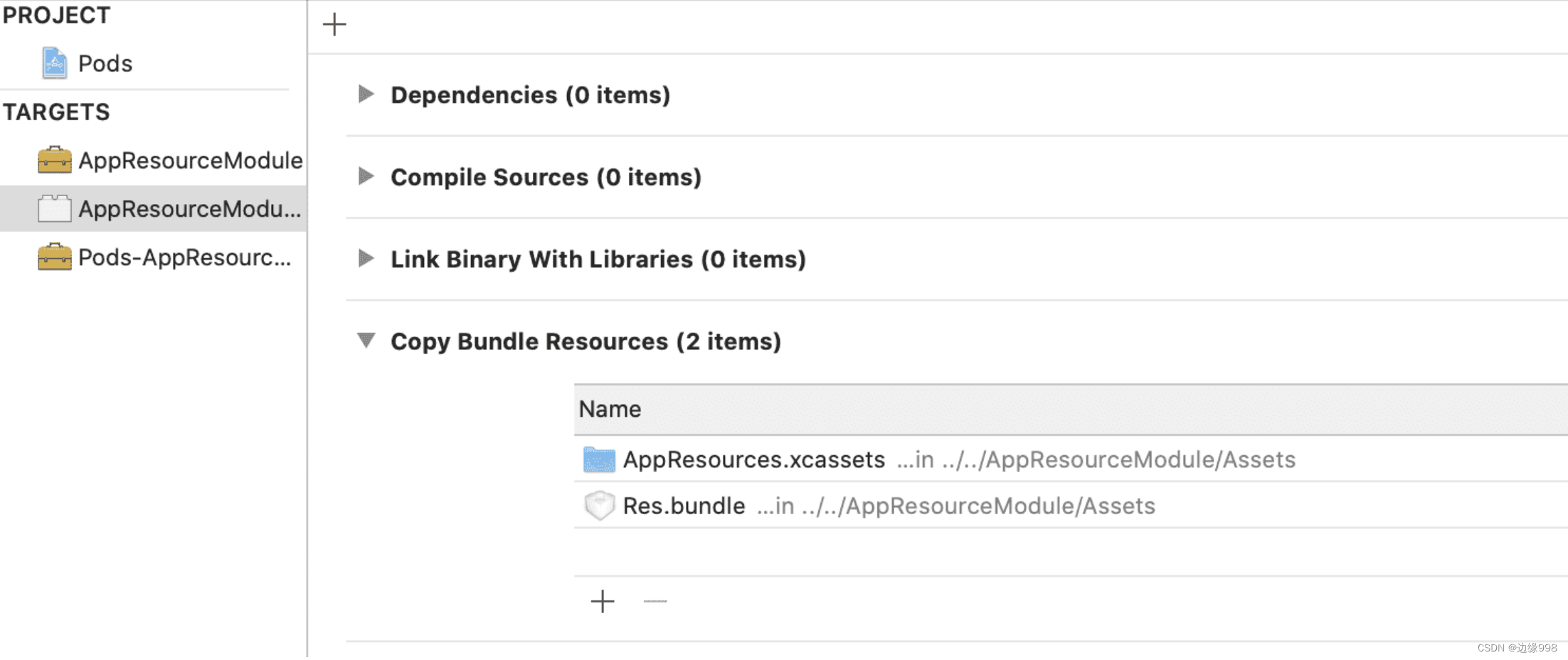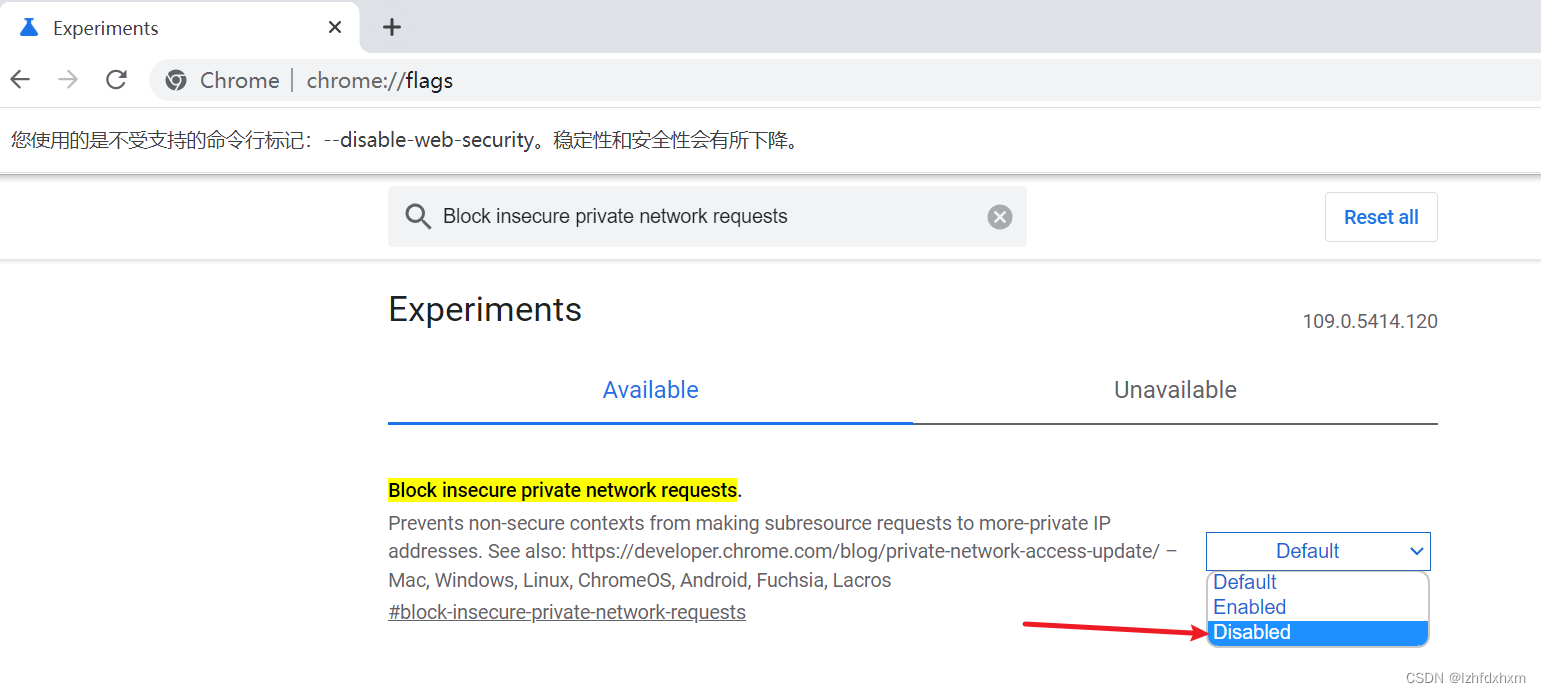本文主要介绍了使用python加密主机文件几种方法实现,文中通过示例代码介绍的非常详细,对大家的学习或者工作具有一定的参考学习价值,需要的朋友们下面随着小编来一起学习学习吧

数据加密是一种保护数据安全的技术,通过对数据进行编码,使得未经授权的用户无法读取或改动数据。
加密是通过使用加密算法和密钥实现的。加密算法是一种特定的算法,可以将数据编码成不可读的形式,密钥是一串字符串,用于控制加密和解密的过程。加密后的数据只能使用对应的密钥解密。
加密在保护数据的安全性方面非常重要,尤其是在互联网和移动设备环境中,用户的隐私数据容易遭到黑客的攻击。加密技术不仅可以保护数据的隐私,还可以保护数据的完整性,确保数据不被篡改。
在企业环境中,数据加密也被广泛应用于保护公司数据的安全。从合同到秘密文件,加密技术可以保护公司数据不被未经授权的人员查看。
总的来说,数据加密是一种重要的保护数据安全的技术,对于任何用户和企业都非常重要。
要求:利用python对某个目录的全部文件进行加密,密钥由用户的输入的字符串经过变化而生成,封装为一个函数,输入参数有目录路径和用户输入的字符串。
以下是使用 Python 实现的一种简单的文件加密方案:
1 2 3 4 5 6 7 8 9 10 11 12 13 | importos importhashlib
defencrypt_directory(directory, password): forroot, dirs, files inos.walk(directory): forfileinfiles: path =os.path.join(root, file) with open(path, 'rb') as f: data =f.read() key =hashlib.sha256(password.encode()).hexdigest() encrypted_data =bytearray(x ^ ord(key[i %len(key)]) fori, x inenumerate(data)) with open(path, 'wb') as f: f.write(encrypted_data) |
该函数接收两个参数:目录路径和用户输入的字符串。它通过使用 os.walk 对目录下的每个文件进行加密,并将加密后的数据写回文件。加密使用了异或操作,密钥是对用户输入的字符串进行 SHA-256 哈希的十六进制字符串。
以下是对上面的加密函数的对应解密函数:
1 2 3 4 5 6 7 8 9 10 11 | scssCopy code defdecrypt_directory(directory, password): forroot, dirs, files inos.walk(directory): forfileinfiles: path =os.path.join(root, file) with open(path, 'rb') as f: encrypted_data =f.read() key =hashlib.sha256(password.encode()).hexdigest() data =bytearray(x ^ ord(key[i %len(key)]) fori, x inenumerate(encrypted_data)) with open(path, 'wb') as f: f.write(data) |
该函数与上面的加密函数类似,但是它读入加密后的文件,并使用相同的密钥对数据进行异或操作,以获得原始文件。
将上述代码更换加密算法,使用AES加密,代码如下:
1 2 3 4 5 6 7 8 9 10 11 12 13 14 15 16 17 18 19 20 21 22 23 24 25 26 27 28 29 30 31 32 33 34 35 36 37 38 39 40 41 42 43 | importos importhashlib fromCrypto.Cipher importAES
defencrypt_directory(directory, password): # 计算密钥 key =hashlib.sha256(password.encode()).digest()[:16] forroot, dirs, files inos.walk(directory): forfileinfiles: path =os.path.join(root, file) # 读取文件 with open(path, 'rb') as f: data =f.read() # 对数据进行补位 padding_length =16-len(data) %16 data +=bytes([padding_length] *padding_length) # 初始化加密器 cipher =AES.new(key, AES.MODE_ECB) # 加密数据 encrypted_data =cipher.encrypt(data) # 将加密后的数据写回文件 with open(path, 'wb') as f: f.write(encrypted_data)
defdecrypt_directory(directory, password): # 计算密钥 key =hashlib.sha256(password.encode()).digest()[:16] forroot, dirs, files inos.walk(directory): forfileinfiles: path =os.path.join(root, file) # 读取文件 with open(path, 'rb') as f: encrypted_data =f.read() # 初始化解密器 cipher =AES.new(key, AES.MODE_ECB) # 解密数据 data =cipher.decrypt(encrypted_data) # 删除补位数据 padding_length =data[-1] data =data[:-padding_length] # 将解密后的数据写回文件 with open(path, 'wb') as f: f.write(data) |
注:上面的代码仅供参考,不建议在生产环境中使用。AES ECB 模式并不是很安全,应该使用其他模式。
或者使用非对称加密:
这里使用RSA加密算法实现数据的加密解密:
1 2 3 4 5 6 7 8 9 10 11 12 13 14 15 16 17 18 19 20 21 22 23 24 25 26 27 28 29 30 31 32 33 34 35 36 37 38 39 40 41 42 43 44 45 46 47 | importos importrsa
defencrypt_file(file_path, public_key_file): """使用RSA算法加密文件
参数: file_path: 需要加密的文件路径 public_key_file: 公钥文件路径
返回值: 无 """ # 读取文件内容 with open(file_path, "rb") as file: file_content =file.read() # 读取公钥 with open(public_key_file, "rb") as key_file: public_key =rsa.PublicKey.load_pkcs1(key_file.read()) # 加密文件内容 encrypted_content =rsa.encrypt(file_content, public_key) # 将加密后的内容写入文件 with open(file_path, "wb") as file: file.write(encrypted_content)
defdecrypt_file(file_path, private_key_file, password): """使用RSA算法解密文件
参数: file_path: 需要解密的文件路径 private_key_file: 私钥文件路径 password: 私钥文件密码
返回值: 无 """ # 读取文件内容 with open(file_path, "rb") as file: encrypted_content =file.read() # 读取私钥 with open(private_key_file, "rb") as key_file: private_key =rsa.PrivateKey.load_pkcs1(key_file.read(), password) # 解密文件内容 file_content =rsa.decrypt(encrypted_content, private_key) # 将解密后的内容写入文件 with open(file_path, "wb") as file: file.write(file_content) |
需要注意的是,RSA加密的效率较低,适用于加密少量数据,如对文件进行加密
到此这篇关于使用python加密主机文件几种方法实现的文章就介绍到这了。
300+Python经典编程案例
50G+学习视频教程
点击拿去
